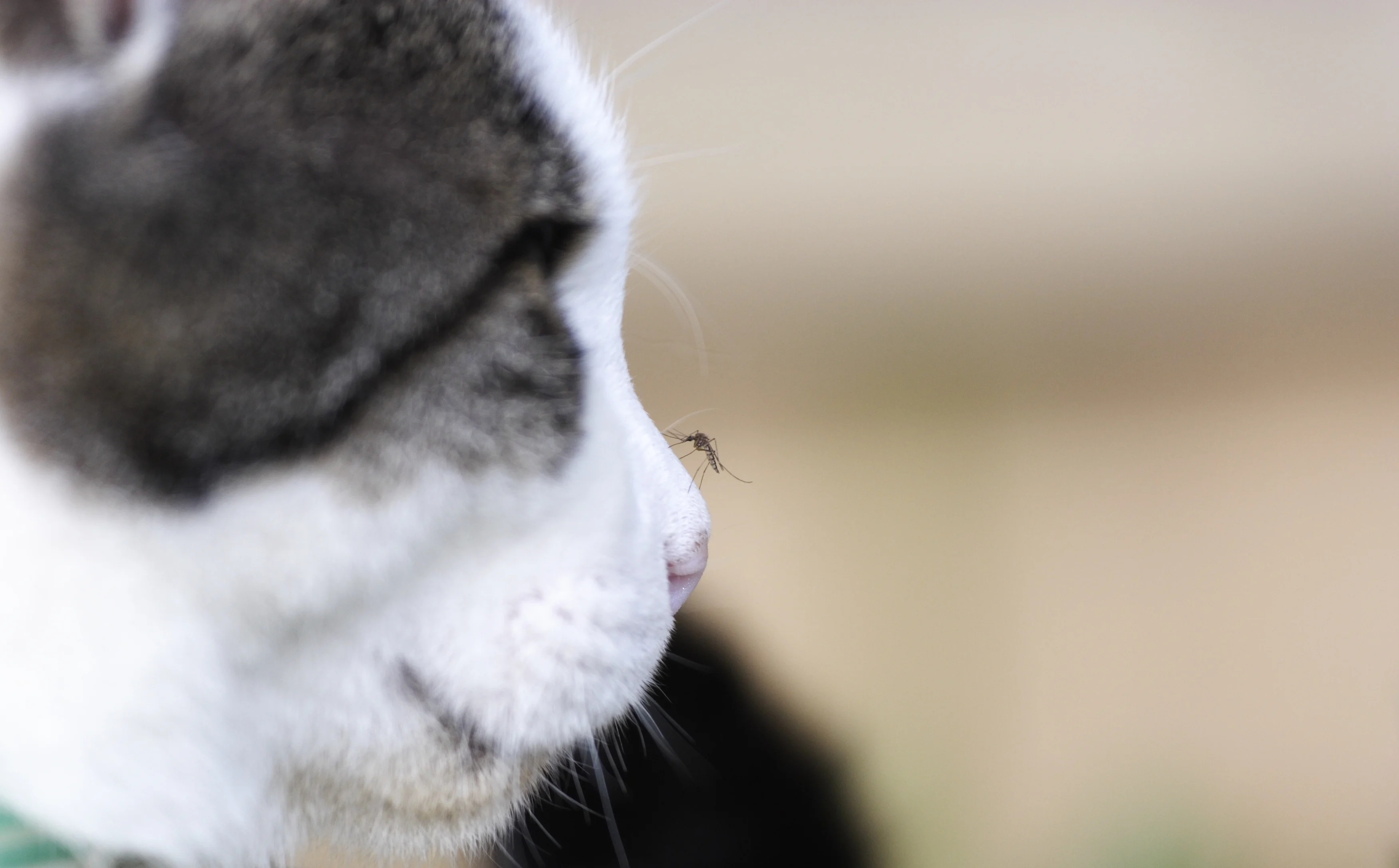A Real Threat: Protecting Cats from Heartworm Disease

Sponsored by Zoetis
Many cat owners are unaware of the dangers heartworm disease can pose to their cats. Although cats are more resistant than dogs to infection with adult heartworms, feline infection with immature heartworms is a larger risk than previously understood, and infection can cause severe disease and death even without warning signs.1 Thus, preventing heartworm disease is a critical component of feline wellness.
Prevalence of Feline Heartworm Disease
One study found that cats with current or previous adult, immature adult, or larval heartworm infections comprised 19% of the feline population.2 This value did not differ significantly from the prevalence of adult heartworm infection in dogs, confirming heartworm disease is just as much a concern for cats as it is in dogs. In addition, previous studies have found that >25% of cats diagnosed with heartworm disease were considered indoor only.3
Challenges of Feline Heartworm Disease
Infection with even a small number of heartworms can cause severe acute or chronic disease in cats. When clinical signs develop, there are generally 2 syndromes:
Heartworm-associated respiratory disease (HARD), which occurs when worms arrive in the pulmonary vasculature. This is often misdiagnosed as feline asthma or bronchitis and can cause chronic lung lesions.1,4
Severe pulmonary inflammation and thromboembolism after mature worms die, leading to fatal acute lung injury.1 This can occur even in just single-worm infections.
Available antigen and antibody tests cannot reliably diagnose feline heartworm disease.1 A strong clinical suspicion is needed, along with a combination of antigen and antibody tests, thoracic radiography, and echocardiography.
There is no approved adulticidal therapy for cats due to the high potential for toxicity and lack of efficacy.1 Surgical removal of adult heartworms is possible; however, it is not commonly performed, is not without risk, and is not an option when illness is due to larval migration. Therefore, treatment of this disease in cats is often limited to glucocorticoids to decrease pulmonary inflammation.1
Heartworm Preventives: The Key to Protection
Heartworm disease in cats is more common than one may think, difficult to test for, essentially incurable, and potentially fatal. Preventive treatment is the only way to protect cats, and using a preventive that is safe even in heartworm-positive cats is critical, as heartworm disease can never be completely ruled out.
Revolution® Plus
Revolution® Plus (selamectin and sarolaner topical solution) has displayed 100% efficacy against Dirofilaria immitis when used per label instructions.5 It is easy to use, of low volume, alcohol-based, topical, and rapidly absorbed, which can help increase owner compliance.
Revolution® Plus also protects against other internal and external parasites (feline hookworm, roundworm, fleas, and ear mites) and more ticks than any other FDA-approved product.5 It can be safely used in cats that are antibody- or antigen-seropositive, as microfilaremia is very uncommon and transient and occurs below the level that may trigger an adverse reaction to microfilaricidal drugs1; thus, testing for heartworm disease before treatment is unnecessary.
Conclusion
Because heartworm disease is essentially incurable and has the potential to cause severe disease and death, cats must be protected. Heartworm prevention should be a routine part of wellness care for all cats, year-round, beginning at 8 weeks of age.1 Revolution® Plus can offer a safe and effective solution to protect cats from heartworm disease.
